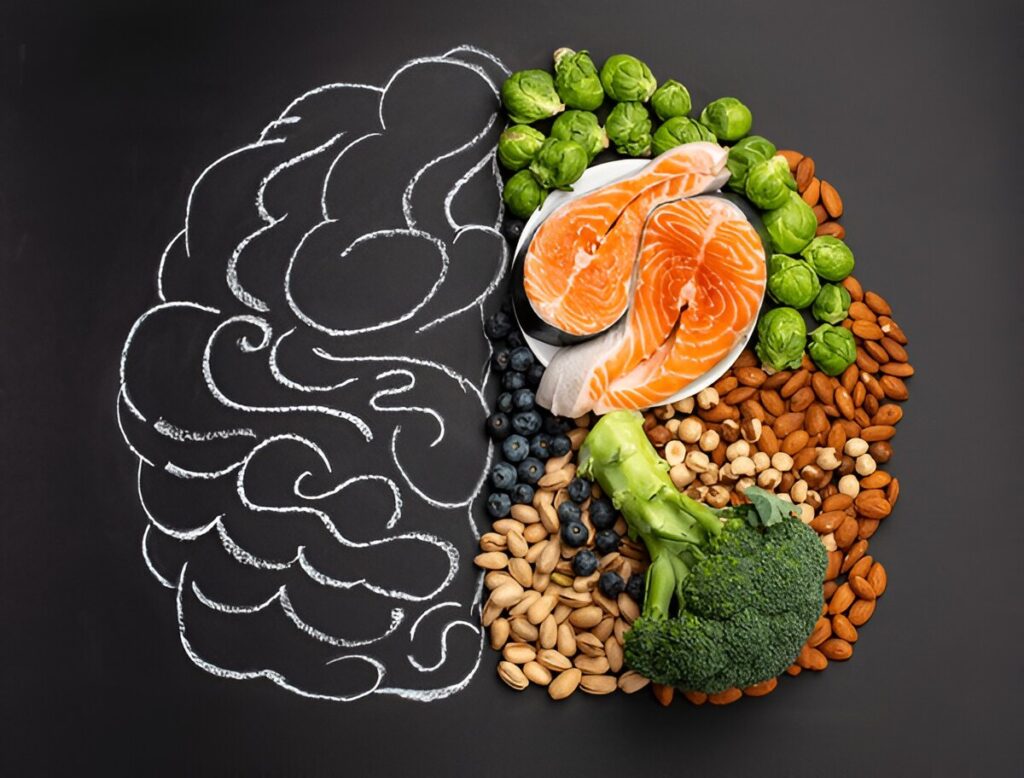Mindful Eating: How to Build a Better Relationship with Food

Feeling overwhelmed with food choices or struggling to manage portions? Mindful eating might be the answer to cultivating a healthier relationship with food. This approach to eating isn’t a diet or a restrictive plan—it’s a way to bring intention and awareness to your meals. Mindful eating can help you savor flavors, prevent overeating, and ultimately, appreciate food brand-newly.
Here, we’ll explore mindful eating, its positive impact on well-being, and actionable steps for incorporating it into your daily routine.
What Is Mindful Eating?
Mindful eating means giving your full attention to the experience of eating. It involves slowing down and noticing your food’s colors, smells, textures, and flavors while tuning in to your body’s hunger and fullness cues.
Unlike mindless eating—think scrolling through your phone while snacking or hurrying through lunch between meetings—mindful eating encourages focus. It’s rooted in mindfulness practices that reduce stress and bring awareness to your actions.
Benefits of Mindful Eating
Improves digestion by encouraging slower eating.
Reduces overeating by helping you recognize when you’re genuinely complete.
Supports emotional health by reducing stress-eating patterns.
Cultivates a healthy relationship with food and removes guilt around eating.
Research, like the study published in the Appetite Journal by Katterman and colleagues, shows that mindful eating can decrease overeating among overweight and obese individuals. It’s also a practical tool for long-term wellness and weight management.
How to Eat with Intention
Eating with intention is a foundation of mindful eating. It’s about being deliberate about your choices and tuning in to your eating habits. Here’s how to make it happen in your life:

Steps to Build a Better Relationship with Food
Pause Before You Eat
Before you reach for food, ask yourself, “Am I truly hungry, or am I eating out of boredom, stress, or habit?” If it’s not physical hunger, try drinking water, practicing deep breathing, or doing a quick activity like a short walk to address your emotional triggers.Create a Meal Plan
Planning meals prevents impulsive choices and helps develop a structured eating routine. This way, you’re more likely to choose nourishing, satisfying options.Set Eating Intention
Before you take that first bite, set an intention, such as “I’ll eat slowly and savor each bite” or “I’ll be mindful of when I start to feel full.“
Recognizing Emotional Eating
Are you eating to feel better rather than because you’re hungry? Emotional eating can be tricky to identify, but pausing and asking why you’re eating can uncover patterns and address emotions without food.
Savoring Flavors and Enjoying Every Bite
Savoring food is about fully immersing yourself in the sensory experience of eating. This can transform how you relate to your meals and snacks
Why Savoring Food Matters
When you slow down and pay attention to your food, you’ll notice flavors and textures you might typically miss. This not only enhances enjoyment but also encourages natural portion control.

Techniques to Enhance the Eating Experience
Engage Your Senses: Pay attention to how your food looks, smells, and tastes. Hold each bite in your mouth for a moment before swallowing.
Eliminate Distractions: Resist the urge to multitask. Turn off the TV, put away your phone, and eat in a calm, designated space.
Chew Slowly: Aim to chew each bite 20-30 times before swallowing. This will reduce overeating and aid digestion.
Mindful Cooking Tips
Cooking mindfully amplifies the joy of savoring your food. Choose high-quality, flavorful ingredients, and take time to appreciate the process—chopping fresh vegetables or watching dough rise.
Reducing Overeating
Overeating often results from eating too quickly or not recognizing one’s body’s signals. Mindfulness practices can help avoid this.

Recognizing Hunger and Fullness Cues
Our bodies are designed to tell us when they need fuel and have had enough, but we often ignore these cues due to busy schedules or stress. Here’s how to listen again:
Hunger Scale: Rate your hunger on a scale of 1 to 10. Start eating at a 3 (mild hunger) and stop at a 7 (comfortably full).
Focus Mid-Meal: Pause halfway through your meal to assess whether you are still hungry or just eating out of habit.
Portion Control and Mindful Snacking
Use smaller plates to help manage portions visually.
Serve snacks in a bowl rather than eating directly out of the bag.
Choose nutrient-dense snacks, like nuts or dark chocolate, and savor every bite.
Managing Emotional Triggers
If you tend to turn to food for comfort, develop healthier alternatives, such as journaling, meditating, or calling a friend. Keep a food and mood diary to uncover patterns and map out triggers.
Incorporating Mindful Eating into Daily Life
Staying consistent with mindful eating can be challenging, especially with packed schedules. But with some creativity, it’s possible to integrate these habits seamlessly.

Tips for Busy Schedules
Pack mindful lunches. In five minutes or less, prepare meals with balanced portions, appealing colors, and delicious flavors.
Schedule eating breaks: Add reminders to your calendar to eat without distractions.
Practice gratitude: Before every meal, focus on the present and appreciate your food.
